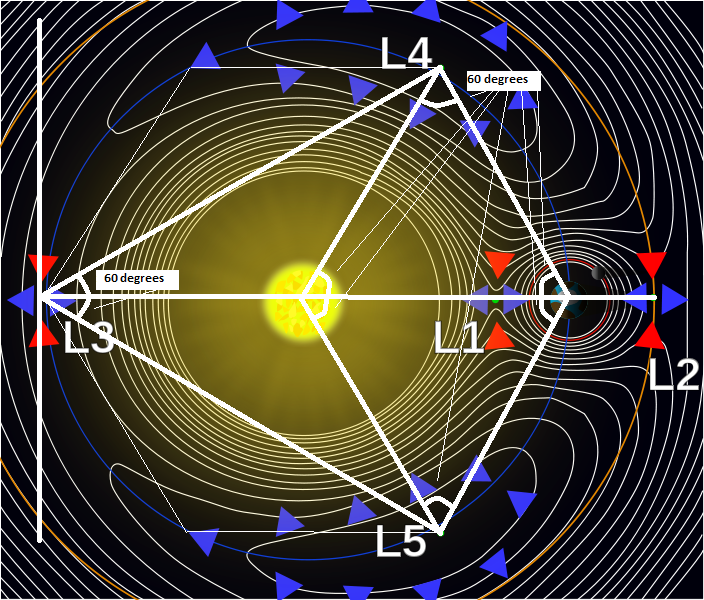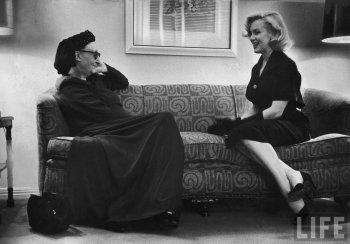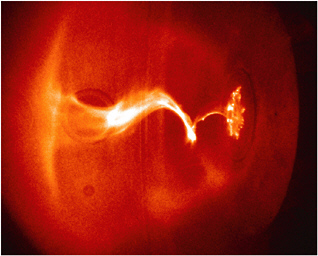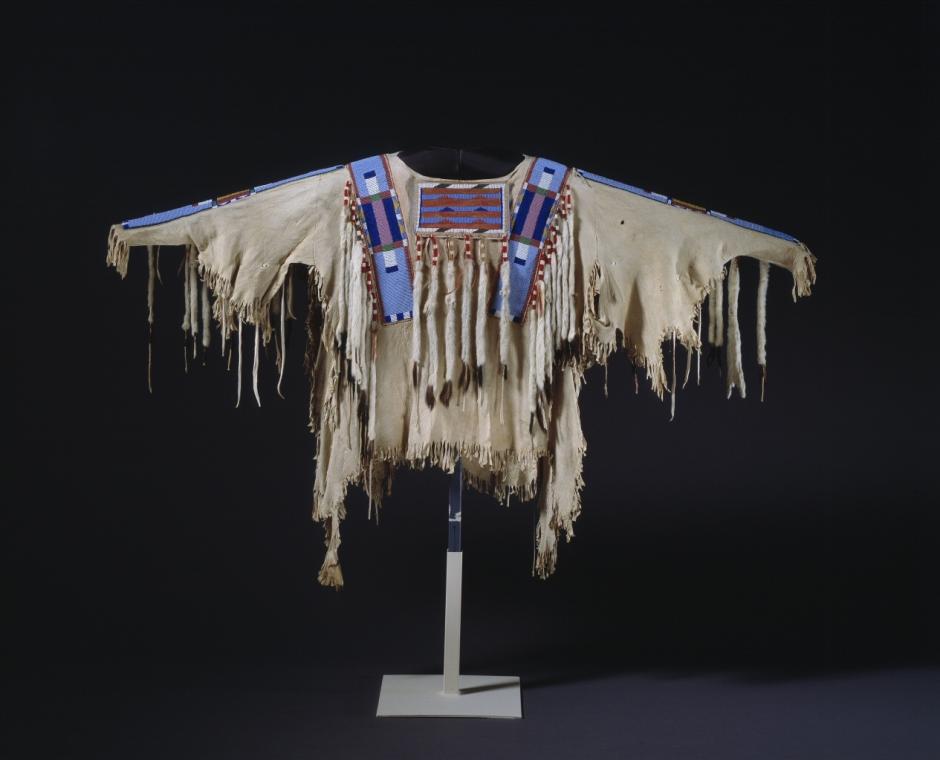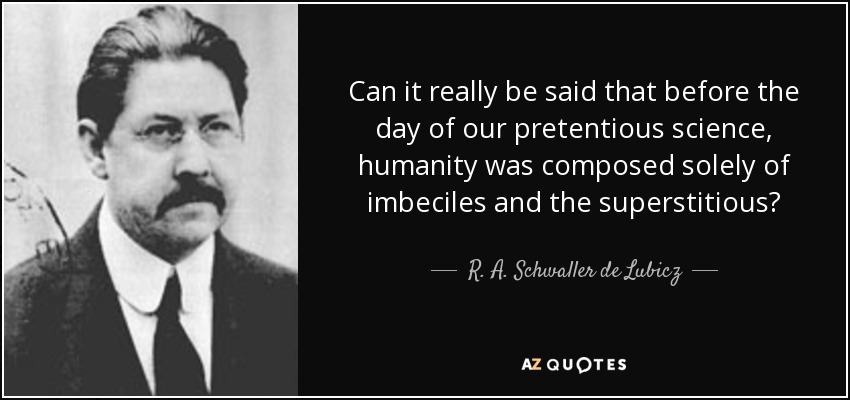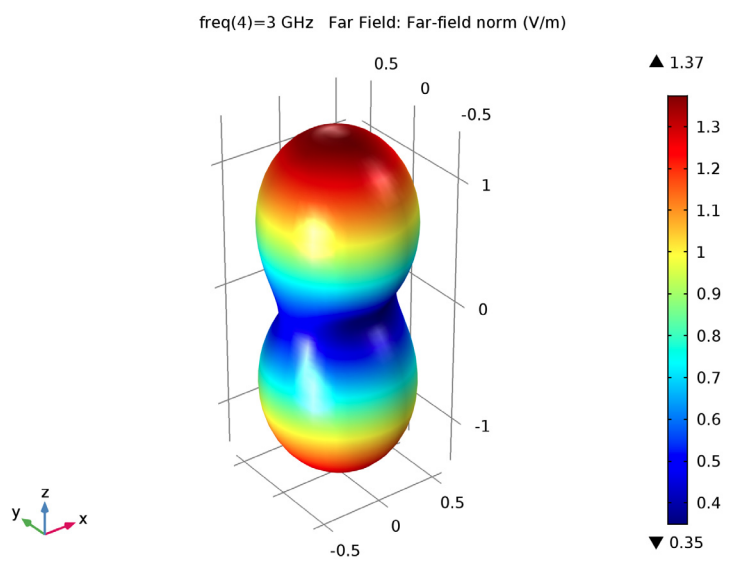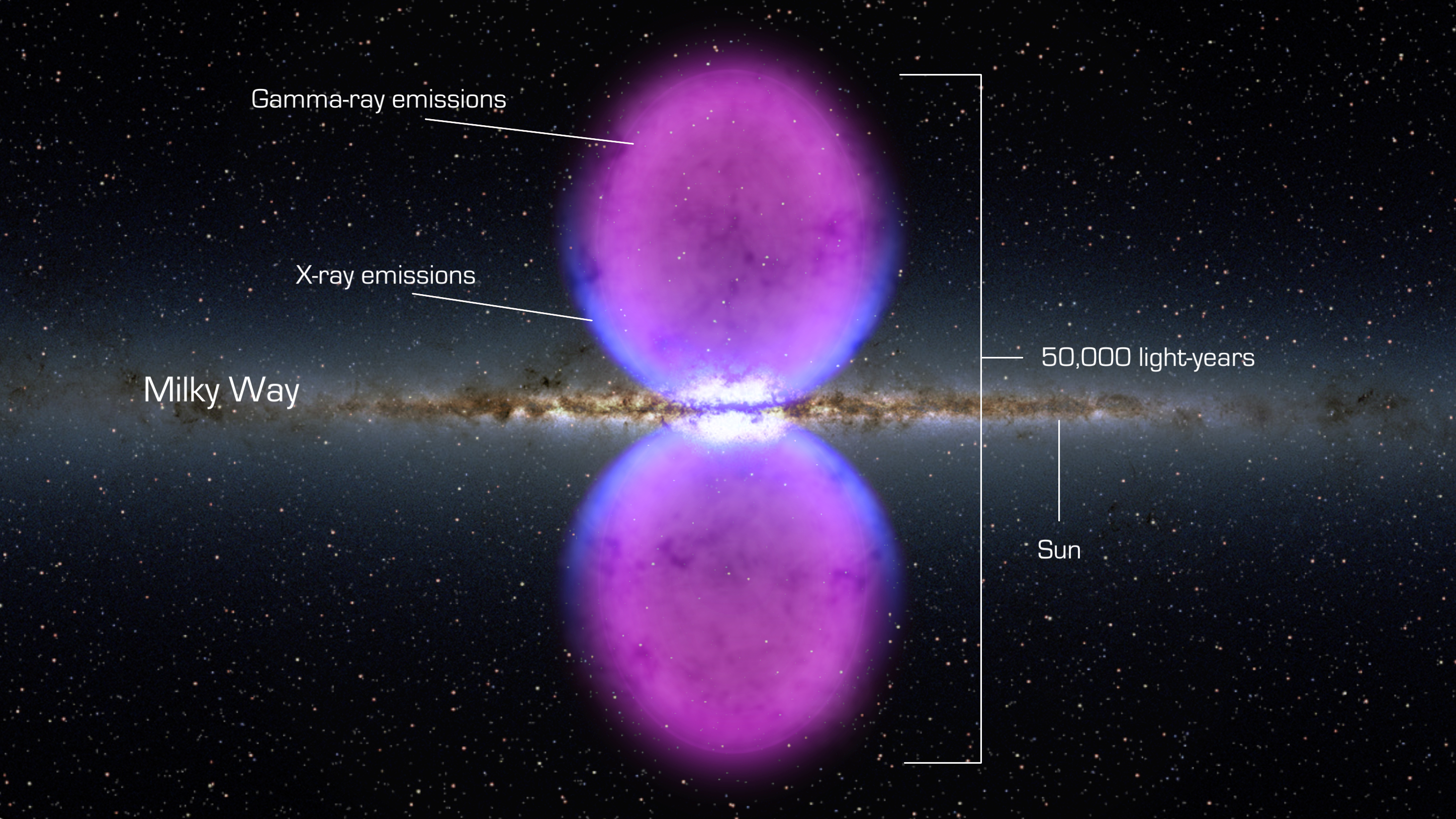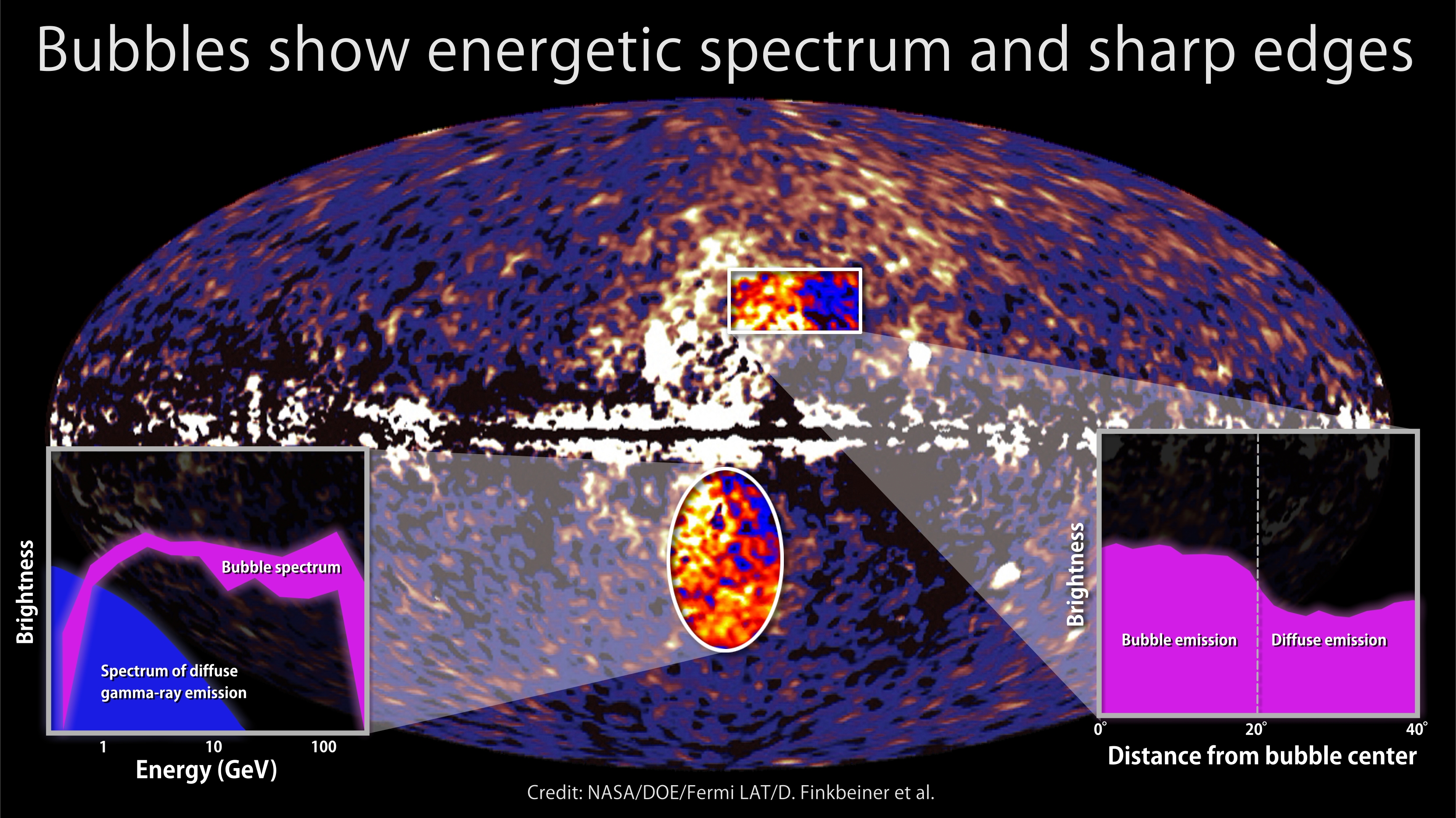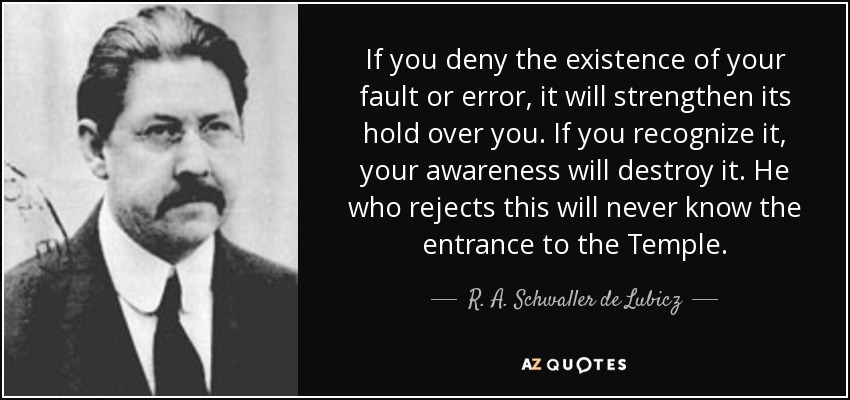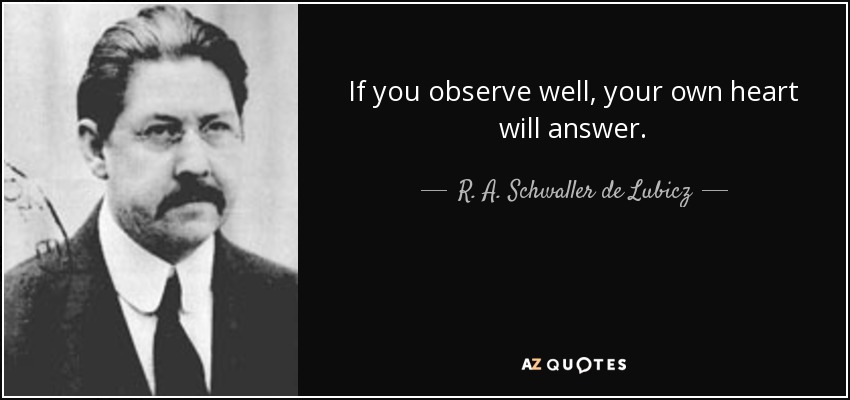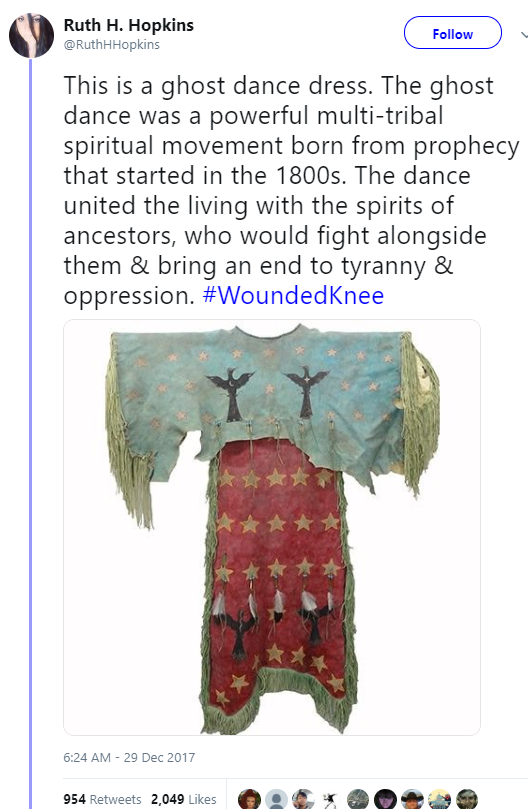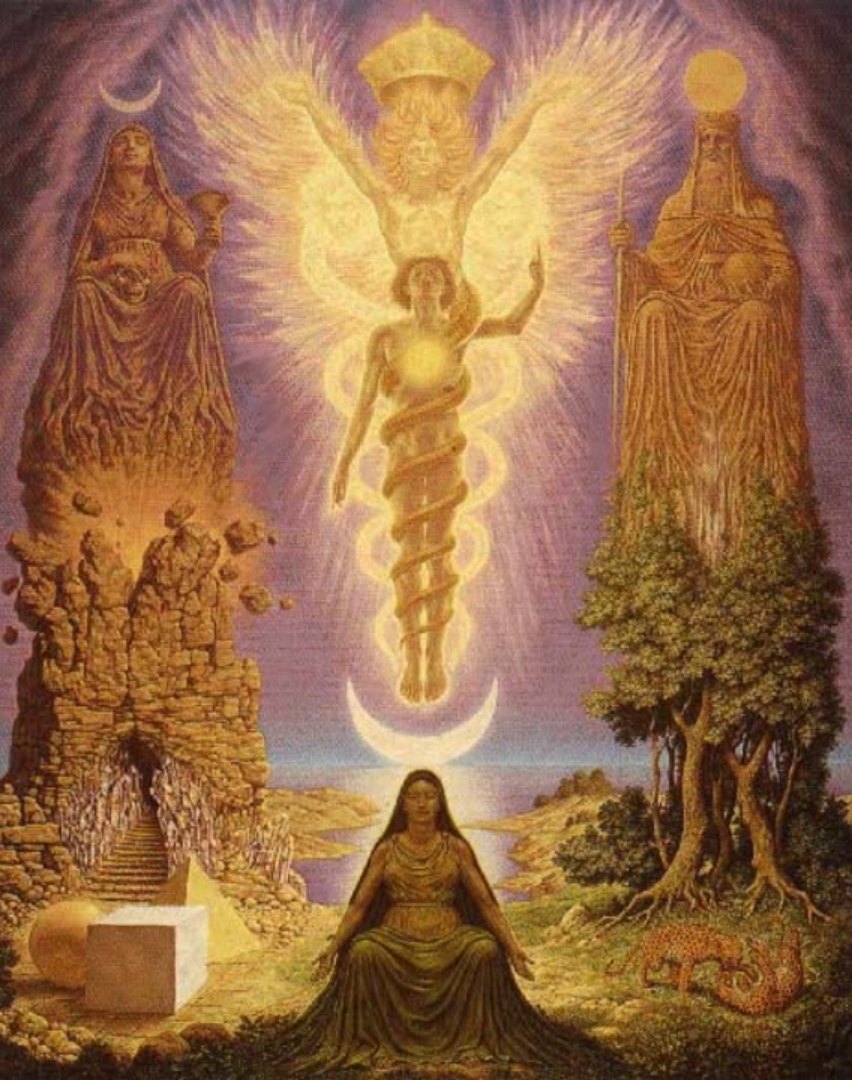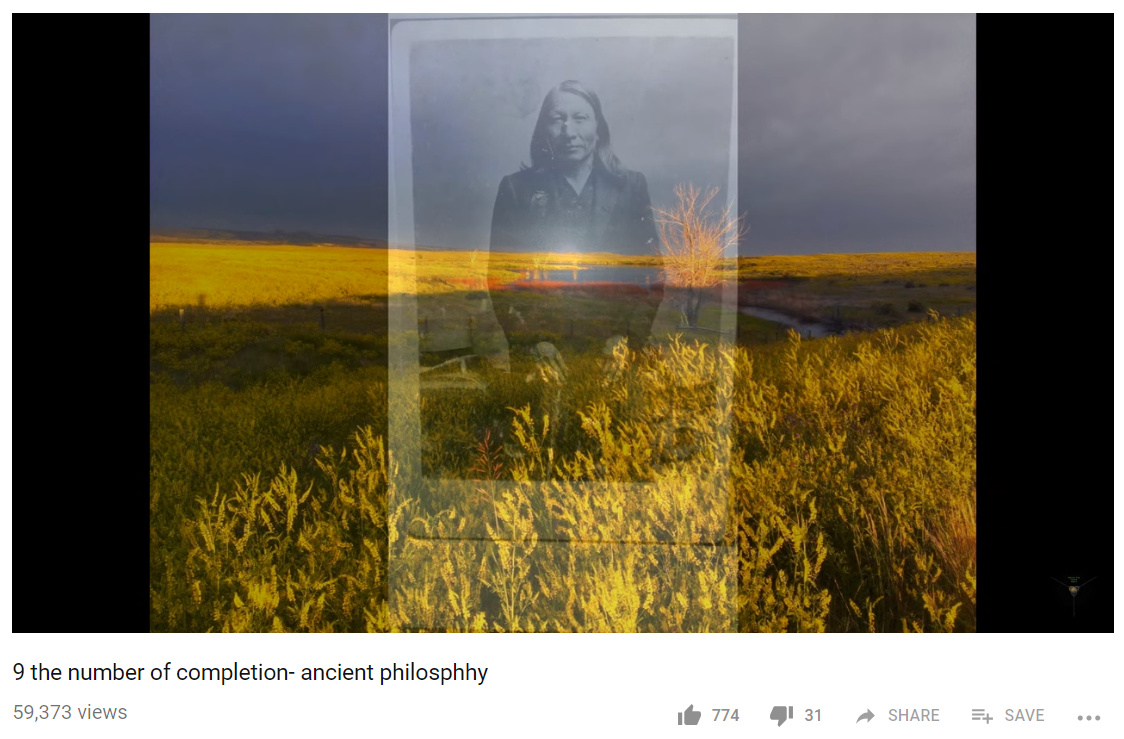https://youtu.be/ALqQDROygF0
In 1929 Hubble published his works describing red shift was related to velocity. But he then spent the next 25 years attempting to dispute his own work. No one listened, an expanding universe is necessary for accepting special relativity. Hubble was ignored.
Halo Substructure in the SDSS-Gaia Catalogue: Streams and
Clumps


“Dust Up” on International Space Station Hints at Sources of Structure
A series of experiments on the International Space Station show that electrically charged dust in microgravity is surprisingly orderly.
Article ID: 703307
Released: 2-Nov-2018 1:05 PM EDT
Source Newsroom: American Physical Society Division of Plasma Physics
MEDIA CONTACT
Available for logged-in reporters only
CITATIONS
American Physical Society Division of Plasma Physics meeting
EMBARGOED FOR RELEASE UNTIL
7:00 a.m. PT on Monday, November 5, 2018
MEDIA CONTACTS Saralyn Stewart (512) 694-2320
stewart@physics.utexas.edu
Newswise — PORTLAND, Ore.—Imagine looking under your couch and instead of finding fluffy dust bunnies, you see the dust is arranged in straight lines—you might wonder what caused this order. Scientists are experiencing that same feeling, not with dust under a couch, but with electrically charged dust in the microgravity of space.
The dust the scientists are studying is made up of tiny spheres 10 times smaller than the width of a human hair. This dust becomes electrically charged when it collects electrons from an energetic gas called a plasma.
In a lab on Earth, electrically charged dust generally lines up either along the downward pull of gravity or across it. Scientists at the Center for Astrophysics, Space Physics, and Engineering Research (CASPER), at Baylor University, got a surprise when examining data from a similar experiment on the International Space Station orbiting 248 miles above Earth where gravity is much weaker. Rather than the dust bouncing around randomly, the dust often wiggled around in straight lines, even without gravity.
“Gravity on Earth is at least as strong as the electric forces between the dust grains. In microgravity we expected the dust particles to spread out,” said Truell Hyde, director of CASPER, who leads the study. “Instead, we found that the small forces between the dust particles and the atoms in the plasma impose order on the system.” Dr. Hyde and his research group are presenting their findings at the American Physical Society Division of Plasma Physics meeting in Portland, Ore.
The study was carried out on the PK-4 experiment (Figure 1), short for Plasma Kristall-4, which was built through a partnership between the European Space Agency (ESA) and the Russian Federal Space Agency (Roscosmos). The research is the first project of this kind on the space station with direct involvement of U.S. research groups and is funded by the National Science Foundation and NASA.
Learning that dust grains line up in microgravity is potentially important for understanding how groups of things attain structure. At small sizes, forces between atoms provide structure for molecules and proteins, while at very large sizes gravity provides the structure for stars and galaxies. Hyde said, “This experiment may help explain how structures form when they are between very small and very large sizes.”
Contact:
Truell Hyde, Baylor University, Truell_Hyde@baylor.edu
Abstracts
CO8.00001 Aligned Chains within the PK-4 Environment
CO8.00006 Thermally Excited Dust Lattice Waves in PK-4 Complex Plasmas CO8.00007 Dust chains in the strongly coupled liquid regime
Session CO8: Dusty Plasmas, Sources, and Diagnostics
2:00 PM–5:00 PM, Monday, November 5, 2018OCC Room: C120-122
JP11.00079 Self-consistent simulation of dust-plasma interactions in micro-gravity
Room: OCC Exhibit Hall A1&A
TP11.00010 Dust chain formation in microgravity complex plasma
Room: OCC Exhibit Hall A1&A
TO12.00001 Ionization waves in the PK-4 direct current neon discharge
Session TO12: DPP/GEC Joint Session: Low Temperature Plasmas II
//////////////////////////////////////////////////////////////////////////////////////////////////////
FIGURE 2.3 Kink instability of the central column produced in spheromak formation experiment at the California Institute of Technology. This kink, believed to be intrinsic to spheromak self-organization, occurs when the jetlike central column becomes sufficiently long to satisfy the Kruskal-Shafranov instability threshold. It can also be considered as a good simulation of the kink instability of an astrophysical jet. Courtesy of S.C. Hsu and P.M. Bellan, California Institute of Technology.
‘The Big Bang theory .. came under sharp criticism .. at the International Conference on Cosmology’
NORTH AMERICAN INDIAN (HOPI) PROPHECIES
https://youtu.be/owWgHJv_jlo
Three Golden Myths: Gradualism
The primary tenet of academic linguistics is that every linguistic theory [and narrative] must strictly adhere to the Gradualist view of history i.e. Catastrophism is a heresy.
Three Golden Myths: Romance Language
The second tenet of academic linguistics is that the Romance Languages form an independent linguistic branch derived from Latin and it is a heresy to demonstrate the Romance Languages were shoehorned into just 26 Latin letters by conquering clerics.
Three Golden Myths: Indo-European Languages
The third tenet of academic linguistics strictly prohibits academics from directly connecting Sanskrit with European languages. Instead, academics must confine themselves to a vague, network of [fictional] hypothetical languages which can never be evidentially substantiated [by definition].


